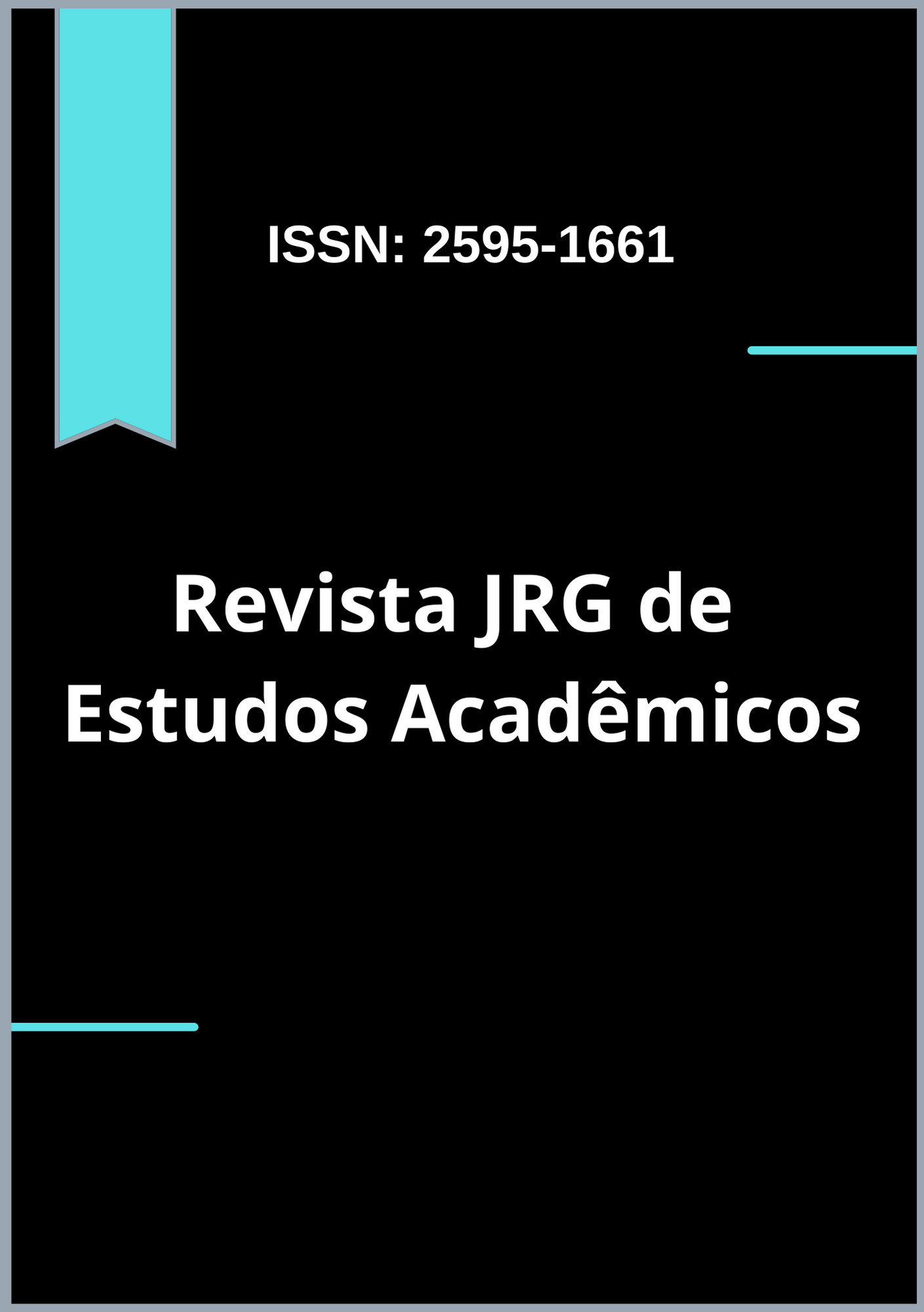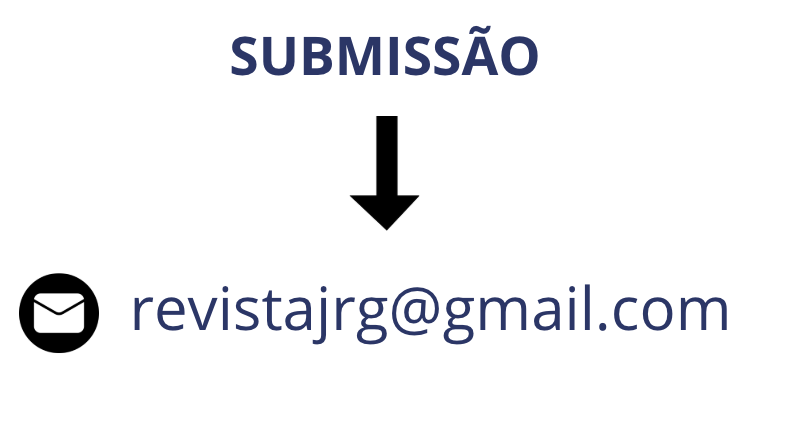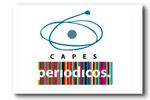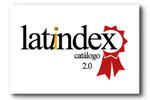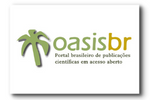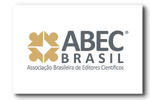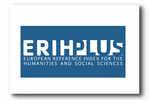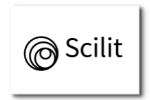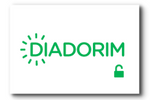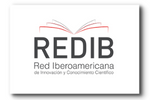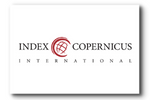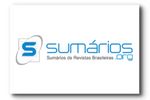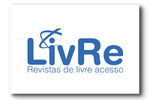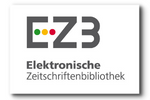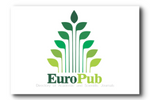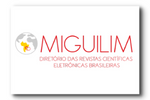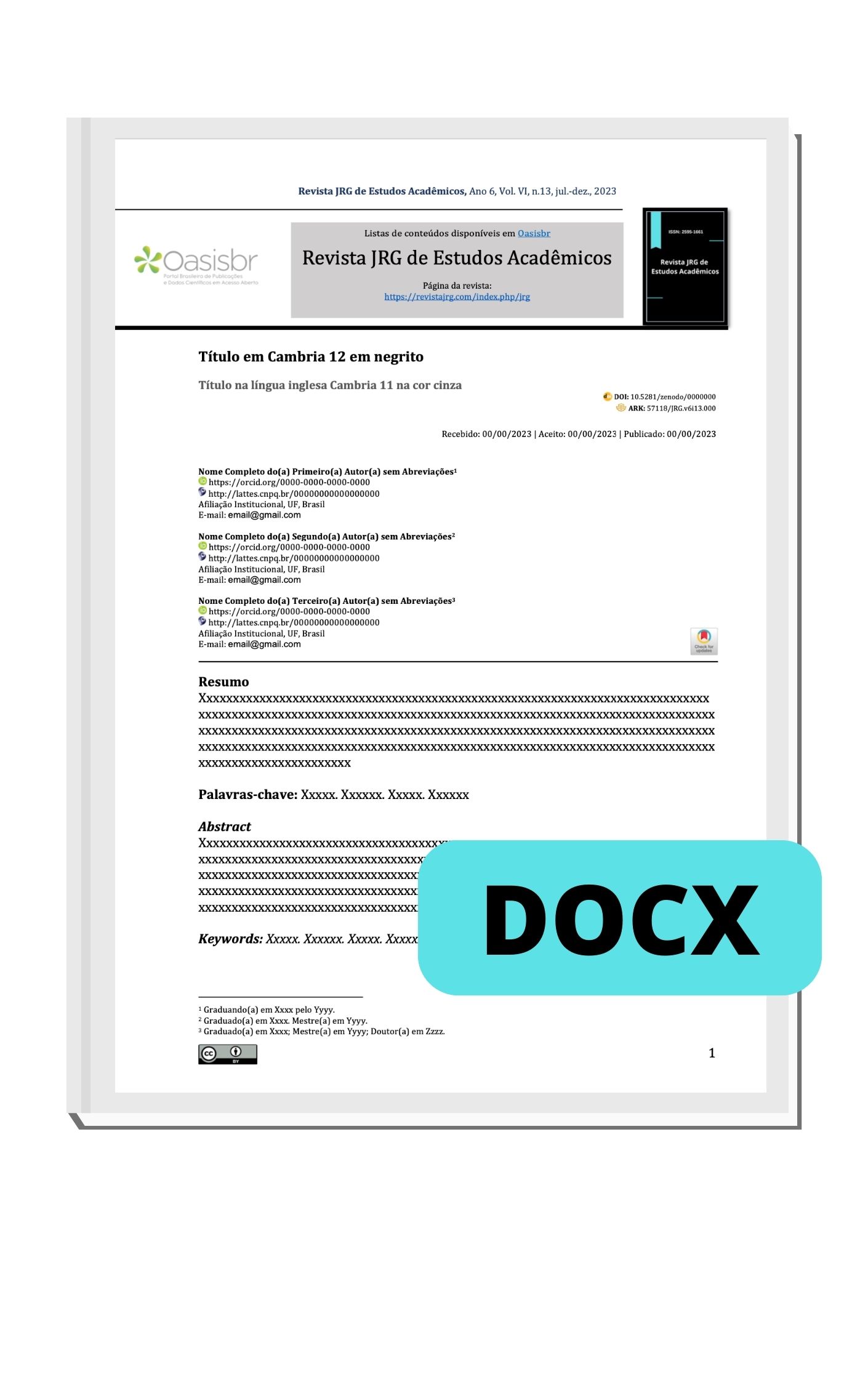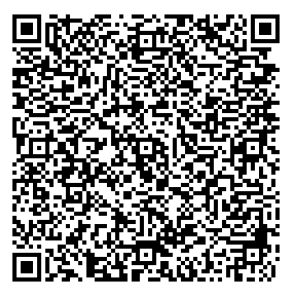Uso do LED na prevenção da radiodermite no câncer de mama: ensaio clínico randomizado
DOI:
https://doi.org/10.55892/jrg.v8i19.2356Palavras-chave:
câncer de mama, radiodermite, terapia de baixa intensidadeResumo
INTRODUÇÃO: A radioterapia é um tratamento comum para o câncer de mama, mas um dos efeitos adversos frequentes é a radiodermite, uma toxicidade cutânea. A fotobiomodulação (FBM) tem sido proposta como uma abordagem para prevenir ou minimizar essas alterações na pele irradiada, atuando nos processos inflamatórios. OBJETIVO: a aplicabilidade da FBM através da terapia com LED na prevenção da radiodermite no câncer de mama em comparação aos cuidados locais usuais. MÉTODOS: Trata-se de um ensaio clínico randomizado, simples-cego, realizado com mulheres diagnosticadas com câncer de mama e submetidas à radioterapia conformacional tridimensional (RT3D) entre março e setembro de 2024, no Ambulatório de Radioterapia do Hospital de Base IGESDF. As participantes foram divididas em dois grupos: (1) Grupo Controle, que recebeu cuidados habituais com a pele e o dispositivo desligado, e (2) Grupo FBM, tratado com placas de LED aplicadas nas regiões mamária e axilar, com dose de 4,8 Joules por 10 minutos, duas vezes por semana após a radioterapia. RESULTADOS: Os resultados mostraram que 16 pacientes foram incluídas (controle = 9 e tratamento = 7). A radiodermite no plastrão mamário apresentou-se em menor proporção no grupo FBM em comparação ao grupo controle (12.6% vs. 50% - p=0.015). CONCLUSÃO: Esses dados sugerem que a fotobiomodulação pode ser eficaz na prevenção da radiodermite aguda em pacientes com câncer de mama, e mais pesquisas são necessárias para confirmar esses achados.
Downloads
Referências
Arnold, M., Leitzmann, M., Freisling, H., Bray, F., Romieu, I., Renehan, A., et al. (2016). Obesity and cancer: An update of the global impact. Cancer Epidemiology, 41, 8–15.
Bensadoun, R.-J. (2018). Photobiomodulation or low-level laser therapy in the management of cancer therapy-induced mucositis, dermatitis and lymphedema. Current Opinion in Oncology, 30, 226–232.
Brewer, H. R., Jones, M. E., Schoemaker, M. J., Ashworth, A., & Swerdlow, A. J. (2017). Family history and risk of breast cancer: An analysis accounting for family structure. Breast Cancer Research and Treatment, 165(1), 193–200.
Censabella, S., Claes, S., Robijns, J., Bulens, P., & Mebis, J. (2016). Photobiomodulation for the management of radiation dermatitis: The DERMIS trial, a pilot study of MLS® laser therapy in breast cancer patients. Supportive Care in Cancer, 24(9), 3925–3933.
Costa, L. D., Rett, M. T., Mendonça, A. C. R., Silva Junior, W. M. da, & Santana, J. M. de. (2012). Comparação da qualidade de vida após a cirurgia para câncer de mama associada ou não à radioterapia adjuvante. Revista Brasileira de Qualidade de Vida, 4(1).
Cox, J. D., Stetz, J., & Pajak, T. F. (1995). Toxicity criteria of the Radiation Therapy Oncology Group (RTOG) and the European Organization for Research and Treatment of Cancer (EORTC). International Journal of Radiation Oncology, Biology, Physics.
DeLand, M. M., Weiss, R. A., McDaniel, D. H., & Geronemus, R. G. (2007). Treatment of radiation-induced dermatitis with light-emitting diode (LED) photomodulation. Lasers in Surgery and Medicine, 39(2), 164–168.
Drumond, A. S. (2006). Exploração do Disabilities of the Arm, Shoulder and Hand (DASH) através da Classificação Internacional de Funcionalidade, Incapacidade e Saúde (CIF) e da análise Rasch [Dissertação de mestrado, Universidade Federal de Minas Gerais]. Escola de Educação Física, Fisioterapia e Terapia Ocupacional, UFMG.
Fife, D., Rayhan, D. J., Behnam, S., Ortiz, A., Elkeeb, L., Aquino, L., et al. (2010). A randomized, controlled, double-blind study of light-emitting diode photomodulation for the prevention of radiation dermatitis in patients with breast cancer. Dermatologic Surgery, 36(12), 1921–1927.
Fischer-Sgrott, F. de O. (2022). Fotobiomodulação na radiodermite no câncer de mama. São Paulo.
Instituto Nacional de Câncer José Alencar Gomes da Silva. (2022). Estimativa 2023: Incidência de câncer no Brasil. INCA. Recuperado em 5 de maio de 2023, de https://www.gov.br/inca/pt-br/assuntos/cancer/numeros/estimativa
Kolak, A., Kamińska, M., Sygit, K., Budny, A, Surdyka, D., Kukiełka-Budny, B., et al. (2017). Primary and secondary prevention of breast cancer. Annals of Agricultural and Environmental Medicine, 24(4), 549–553.
Kraus-Tiefenbacher, U., Sfintizky, A., Welzel, G., Simeonova, A., Sperk, E., Siebenlist, K., et al. (2012). Factors of influence on acute skin toxicity of breast cancer patients treated with standard three-dimensional conformal radiotherapy (3D-CRT) after breast-conserving surgery (BCS). Radiation Oncology, 7, 217. http://www.ro-journal.com/content/7/1/217
Lauby-Secretan, B., Scoccianti, C., Loomis, D., Grosse, Y., Bianchini, F., & Straif, K. (2016). Body fatness and cancer—Viewpoint of the IARC Working Group. The New England Journal of Medicine, 375(8), 794–798.
Leventhal, J. B., & Young, M. R. (2017). Radiation dermatitis: Recognition, prevention, and management. Cancer Network. https://www.cancernetwork.com/view/radiation-dermatitis-recognition-prevention-and-management
Malta, D. C., & Silva Junior, J. B. da. (2014). Plano de ações estratégicas para o enfrentamento das doenças crônicas não transmissíveis no Brasil após três anos de implantação, 2011–2013. Epidemiologia e Serviços de Saúde, 23(3), 389–398.
Nações Unidas. (2022). Mês da conscientização do câncer de mama alerta para prevenção. ONU News. Recuperado em 10 de dezembro de 2024, de https://news.un.org/pt/story/2022/10/1804227
Orfale, A. G., Araújo, P. M. P., Ferraz, M. B., & Natour, J. (2005). Translation into Brazilian Portuguese, cultural adaptation and evaluation of the reliability of the Disabilities of the Arm, Shoulder and Hand Questionnaire. Brazilian Journal of Medical and Biological Research, 38.
Robijns, J., Censabella, S., Claes, S., Pannekoeke, L., Bussé, L., Colson, D., et al. (2018). Prevention of acute radiodermatitis by photobiomodulation: A randomized, placebo-controlled trial in breast cancer patients (TRANSDERMIS trial). Lasers in Surgery and Medicine, 50(7), 763–771.
Robijns, J., Censabella, S., Claes, S., Van Bever, L., Pannekoeke, L., Censabella, S., et al. (2019). Biophysical skin measurements to evaluate the effectiveness of photobiomodulation therapy in the prevention of acute radiation dermatitis in breast cancer patients. Supportive Care in Cancer, 27(4), 1245–1254.
Robijns, J., Lodewijckx, J., Bensadoun, R.-J., & Mebis, J. (2020). A narrative review on the use of photobiomodulation therapy for the prevention and management of acute radiodermatitis: Proposed mechanisms, current clinical outcomes, and preliminary guidance for clinical studies. Photobiomodulation, Photomedicine, and Laser Surgery, 38, 332–339.
Robijns, J., Lodewijckx, J., Claes, S., Van Bever, L., Pannekoeke, L., Censabella, S., et al. (2021). Photobiomodulation therapy for the prevention of acute radiation dermatitis in head and neck cancer patients (DERMISHEAD trial). Radiotherapy and Oncology, 158, 268–275.
Sun, Y.-S., Zhao, Z., Yang, Z.-N., Xu, F., Lu, H.-J., Zhu, Z.-Y., et al. (2017). Risk factors and preventions of breast cancer. International Journal of Biological Sciences, 13, 1387–1397.
Vieira, R. A. C., Silva, F. C. B., Biller, G., Silva, J. J., Paiva, C. E., & Sarri, A. J. (2016). Instrumentos de avaliação quantitativa e qualitativa das sequelas relacionadas ao tratamento do câncer de mama. Revista Brasileira de Mastologia, 26(3), 126–132. http://www.rbmastologia.com.br/wp-content/uploads/2016/06/MAS_v26n3_126-132.pdf
Wright, J. L., Takita, C., Reis, I. M., Zhao, W., Lee, E., Nelson, O. L., et al. (2016). Prospective evaluation of radiation-induced skin toxicity in a race/ethnically diverse breast cancer population. Cancer Medicine, 5(3), 454–464.
Downloads
Publicado
Como Citar
Edição
Seção
ARK
Licença

Este trabalho está licenciado sob uma licença Creative Commons Attribution 4.0 International License.
